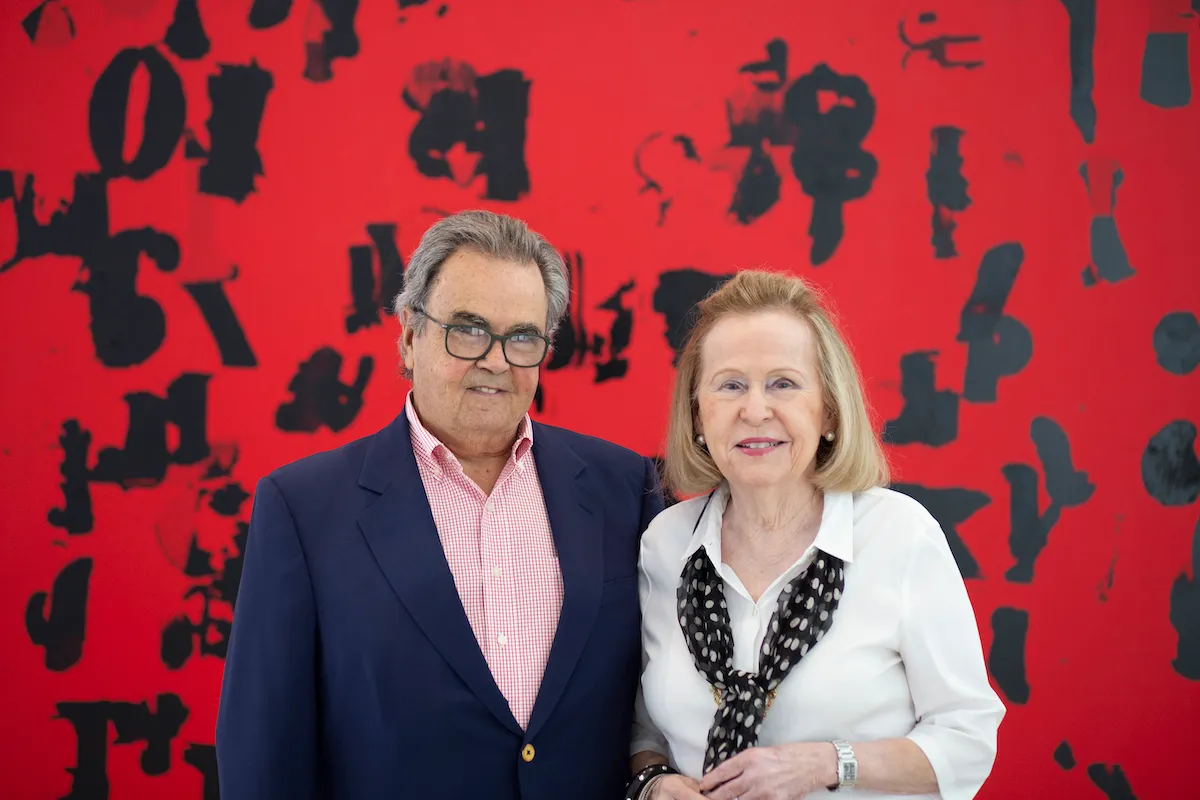
To receive Morning Links in your inbox every weekday, sign up for our Breakfast with ARTnews newsletter.
THE HEADLINES
JESUS PAINTING ATTACK. Outrage over a painting of Jesus that appears to depict him receiving oral sex after his death, escalated on March 28, in the Italian town of Carpi, when a masked individual slashed the contemporary artwork on view and covered it in black paint. The assailant then reportedly struck its creator in the neck, the artist Andrea Saltini, when the latter intervened to stop him. Santini suffered minor injuries, but was soon released from hospital, reports Il Resto del Carlino. The painting is currently on view in a deconsecrated church near Modena, has been the subject of fierce controversy, and a petition calling for the “blasphemous” show’s closure, signed over 30,000 times.
COLONIAL RECKONING. Belgium has failed to release a controversial, government-commissioned report that reckons with its colonial past, largely due to disagreement over whether or not the country should apologize for its actions in Africa during the era of Leopold II, reports Politico. The report, written by bipartisan members of parliament, had offered concrete recommendations on dealing with the legacy of colonialism, and came amid debate over the removal and contextualization of public monuments honoring leaders of the period.
THE DIGEST
The expansive collection of Cuban-born, Miami-based philanthropist and art collector Rosa de la Cruz will be sold at Christie’s over a series of auctions starting this May during the New York evening sales. [ARTnews]
California legislators have introduced a bill intended to give Holocaust survivors and their heirs a greater chance of recovering artworks stolen, or sold under duress, during periods of political oppression. [ARTnews]
Ukrainian sculptor Alex Lidagovsky, who fled to the UK when his studio in Kyiv was bombed by Russian missiles, has been accepted into the Royal Society of British Artists. He also recently won a residency prize for indoor sculpture at Lucca Biennale Cartasia, and his corrugated cardboard sculpture, Swallow Flight, will be displayed in Lucca, Italy. [The Guardian]
Marian Zazeela, an artist whose abstract drawings and light installations envisioned dream states, died at her home in New York at 83. [ARTnews]
Archaeologists have found a submerged medieval helmet in the sea off the southeastern Sicilian coast, near the island of Vendicari. Researchers are now planning further studies in the area to determine whether the object is linked to a shipwreck in the area. [Heritage Daily]
THE KICKER
QUILTING COMFORT. Why does quilting seem to soothe so many who have been struck with trauma and grief? Ayelet Waldman, a peace activist with ties both in Israel and among Palestinians, asks this question in The New Yorker, after discovering the healing power of the craft. Like Odysseus’ wife Penelope, who weaves while waiting for him to return, or artists who speak of their visceral need to create as a form of survival, the art of quilting can help channel intense emotion. At least, that is what experts in neuroscience have confirmed, writes Waldman, who spoke to Susan Magsamen at the International Arts + Mind Lab (IAM Lab), Center for Applied Neuroaesthetics at Johns Hopkins University School of Medicine, among others. For one, using both hands stimulates both of the brain’s hemispheres at once and alternately, a neurological movement which is also used as the basis for an effective P.T.S.D. therapy. But scientists say therapeutic benefits to the craftwork and similar activities, can be vast, and don’t stop there. “If things go badly in November (during the US presidential elections) I’ll probably want to quilt a shroud large enough to wrap half the country,” writes Waldman.
